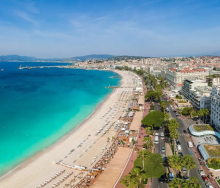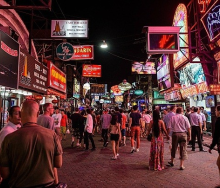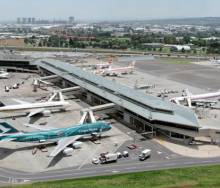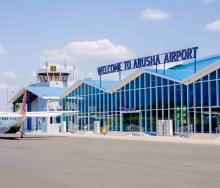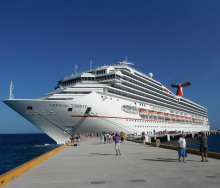Cape tolls – Sanral responds
THE article ‘City of Cape
Town takes Sanral to
court’ (TNW August 26)
refers.
Please allow us to correct
statements and clear up
misconceptions around the
proposed N1/N2 Winelands
toll road project.
The article starts off by
stating as a fact that road
users in the Cape will be
paying 72c/km – three times
that of Gauteng tolls. The
truth is that toll tariffs have
not been set. They will be
determined by the Minister of
Transport on recommendation
by Sanral, which must still
negotiate the tariff structure
once a preferred bidder has
been appointed.
Councillor Brett Herron
of the City of Cape Town,
maintains the projected cost
has escalated from R1,6bn
in March 2000 to R44,9bn
in March 2010. These
figures are wrong. Mr Herron
is misleading the public
because he is deliberately
confusing a predicted revenue
stream over the concession
period of 30 years with the
initial cost of construction,
which, in 2010 terms, was
estimated at R11,5bn.
Mr Herron does not
understand the envisaged
upgrading and maintenance
interventions at the initial
construction phase, and
expansion works after the
initial construction years,
such as years 10, 18 and 27,
where the road will again be
fully rehabilitated and capacity
improved before it is handed
over to Sanral in 30 years. He
is confused about income and
makes no consideration to
cost of works.
Regarding the statements by
players in the tourism industry
that it will be negatively
affected if tolls are instituted,
while there would obviously
be a cost to road users, the
benefits of having improved
freeways around the City of
Cape Town far outweigh the
cost of a toll tariff.
The tourism industry would,
over the long-term, benefit
as the major freeways would
not be congested as they are
now. Tourists would spend
less time on the current
congested roads and get
to their destinations faster.
More than 165km of sections
of the N1/N2 would have
been improved with several
new interchanges and an
additional lane added in
both directions (city-bound
and out-bound), which would
make for vastly improved
traffic flows. At present, on
many occasions, all lanes
have to be closed when there
are serious accidents. With
new lanes added, this won’t
happen.
In addition, improved road
infrastructure helps solve
both long-term and shortterm
economic problems. In
the short-term, investment
in road infrastructure helps
provide jobs for low-skilled
workers. In the long-term it
has a wide range of benefits,
for example, multiplier effect
(creates direct, indirect and
induced jobs), improves
productivity as commuters
spend less time on roads,
reduces congestion and
carbon emission and benefits
business by reducing
transport costs. Mobility
is fundamental to and an
important characteristic of
economic activity.






